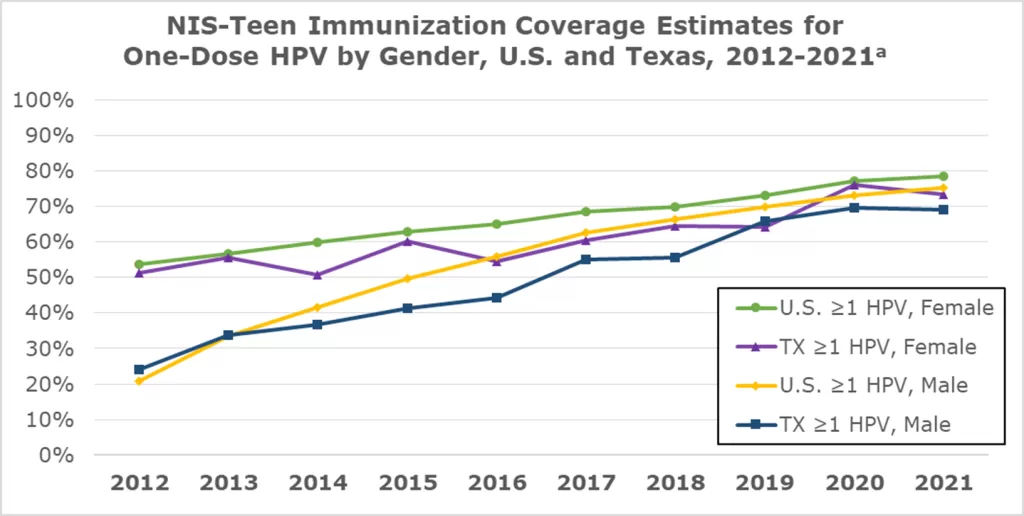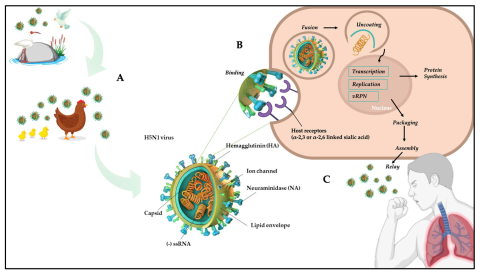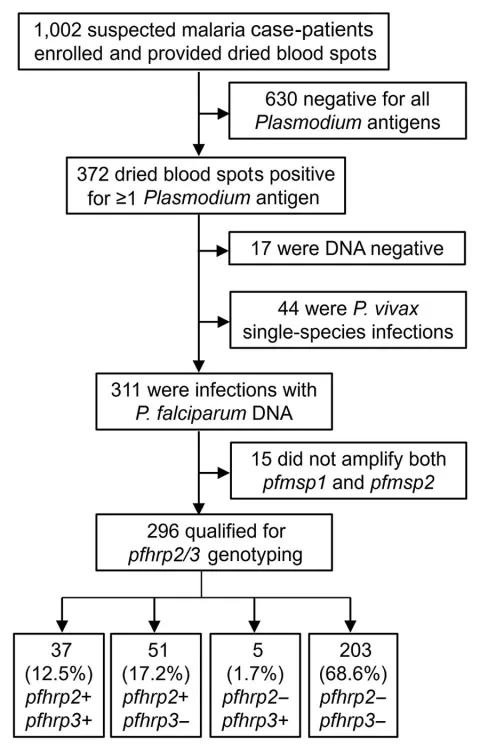Teen vaccine coverage is a critical aspect of public health, ensuring that adolescents are protected against preventable diseases. Recent CDC vaccination data highlights an encouraging trend, as more teens are receiving recommended vaccines, including the meningococcal and Tdap vaccines. Specifically, statistics from the 2024 National Immunization Survey-Teen indicate an uptick in coverage, with more than 91% of adolescents receiving the Tdap vaccine. However, despite these positive developments, HPV vaccine statistics reveal a plateau in vaccination rates, emphasizing the need for continued efforts to boost teen immunization rates. As we stay updated with the latest public health vaccine updates, it is essential to address disparities, particularly in rural areas, to ensure comprehensive protection for all teens.
Adolescent vaccination is essential for safeguarding the health of young individuals, yet challenges remain in achieving optimal immunization rates. With recent trends showing an increase in the administration of essential vaccines among teenagers, including Tdap and meningococcal vaccines, health officials remain vigilant in addressing the shortcomings in human papillomavirus (HPV) coverage. The stability in HPV vaccination, which lags behind other immunizations, calls for enhanced strategies to promote awareness and accessibility. Furthermore, disparities in vaccine uptake are evident, particularly among teens in rural settings. By fostering collaborations between health departments and community providers, we can strive toward improved vaccination rates and better health outcomes for adolescents.
Overview of Recent CDC Vaccine Coverage Data
The latest data from the Centers for Disease Control and Prevention (CDC) sheds light on the recent trends in teen vaccine coverage, particularly highlighting the uptick in uptake of crucial vaccinations. The 2024 National Immunization Survey-Teen shows that vaccinations such as the tetanus, diphtheria, and acellular pertussis (Tdap) vaccine have seen a rise from 89.0% in 2023 to an encouraging 91.3% in 2024. This change reflects targeted public health strategies that aim to keep adolescents safe and healthy. Furthermore, the meningococcal conjugate vaccine (MenACWY) coverage also experienced growth, increasing from 88.4% to 90.1% across the United States, indicating a positive shift in public health efforts aimed at increasing immunization rates among teens.
Such improvements are integral to preventing outbreaks of preventable diseases among adolescents and signify progress in public health vaccination initiatives. The data indicates that beyond the Tdap and MenACWY vaccines, there are notable increases in coverage for other catch-up vaccines, including the meningococcal group B and measles, mumps, and rubella vaccines. The increase in these vaccination rates suggests that awareness campaigns and community outreach efforts are resonating with parents and guardians, encouraging them to prioritize their children’s vaccination.
Frequently Asked Questions
What does the latest CDC vaccination data show about teen vaccine coverage in 2024?
The latest CDC vaccination data from the 2024 National Immunization Survey-Teen indicates an increase in coverage for the Tdap vaccine, rising from 89.0% in 2023 to 91.3% in 2024, and for the MenACWY vaccine, increasing from 88.4% to 90.1%. Overall, the data reflects positive trends in teen vaccine coverage.
How do teen immunization rates compare across different states according to the CDC?
According to the CDC, coverage with one or more doses of the Tdap vaccine was 90% or higher in 39 states, while MenACWY coverage reached the same level in 30 states. This variation highlights differences in teen immunization rates across the United States.
What are the HPV vaccine statistics among U.S. teens based on recent surveys?
Recent HPV vaccine statistics show that HPV vaccine coverage among teens remains stable, with 78.2% having received one or more doses and only 62.9% up to date with the vaccine as of 2024. This stability marks a concern as the uptake is lower in predominantly rural areas.
What public health vaccine updates highlight the need for improved adolescent vaccine coverage?
Recent public health vaccine updates emphasize the necessity for enhanced adolescent vaccine coverage, especially for vaccines like HPV, which has stalled despite progress in other vaccinations such as Tdap and MenACWY. Collaboration with healthcare providers is essential to improve access.
What steps can be taken to increase meningococcal vaccine uptake among teens?
Increasing meningococcal vaccine uptake among teens can involve targeted educational campaigns, increased recommendations from healthcare providers, and community outreach to address barriers, particularly in rural areas where coverage is lower.
| Vaccination Type | 2023 Coverage | 2024 Coverage | Change (%) | Coverage by States |
|---|---|---|---|---|
| Tdap Vaccine (Tetanus, Diphtheria, Pertussis) | 89.0% | 91.3% | +2.3% | 90% or higher in 39 states |
| MenACWY Vaccine (Meningococcal Conjugate) | 88.4% | 90.1% | +1.7% | 90% or higher in 30 states |
| Meningococcal Group B Vaccine | N/A | Increased by 4.5% among 17-year-olds | N/A | N/A |
| MMR Vaccine (Measles, Mumps, Rubella) | N/A | Increased by 1.3% | N/A | N/A |
| Hepatitis B Vaccine (3+ doses) | N/A | Increased by 1.3% | N/A | N/A |
| HPV Vaccine (Human Papillomavirus) | Stable at 78.2% with 1 or more doses | Stable at 78.2% with 1 or more doses | 0% | 80% or higher in 26 states |
Summary
Teen vaccine coverage is showing positive trends as recent CDC data highlights an increase in vaccinations among U.S. adolescents. Coverage for the Tdap and MenACWY vaccines rose significantly, demonstrating successful public health initiatives. However, it is concerning that HPV vaccine coverage has stagnated, particularly in rural areas. This underscores the need for continued efforts to enhance vaccine access and education in these regions to ensure that all teens are protected.
The content provided on this blog (e.g., symptom descriptions, health tips, or general advice) is for informational purposes only and is not a substitute for professional medical advice, diagnosis, or treatment. Always seek the guidance of your physician or other qualified healthcare provider with any questions you may have regarding a medical condition. Never disregard professional medical advice or delay seeking it because of something you have read on this website. If you believe you may have a medical emergency, call your doctor or emergency services immediately. Reliance on any information provided by this blog is solely at your own risk.








